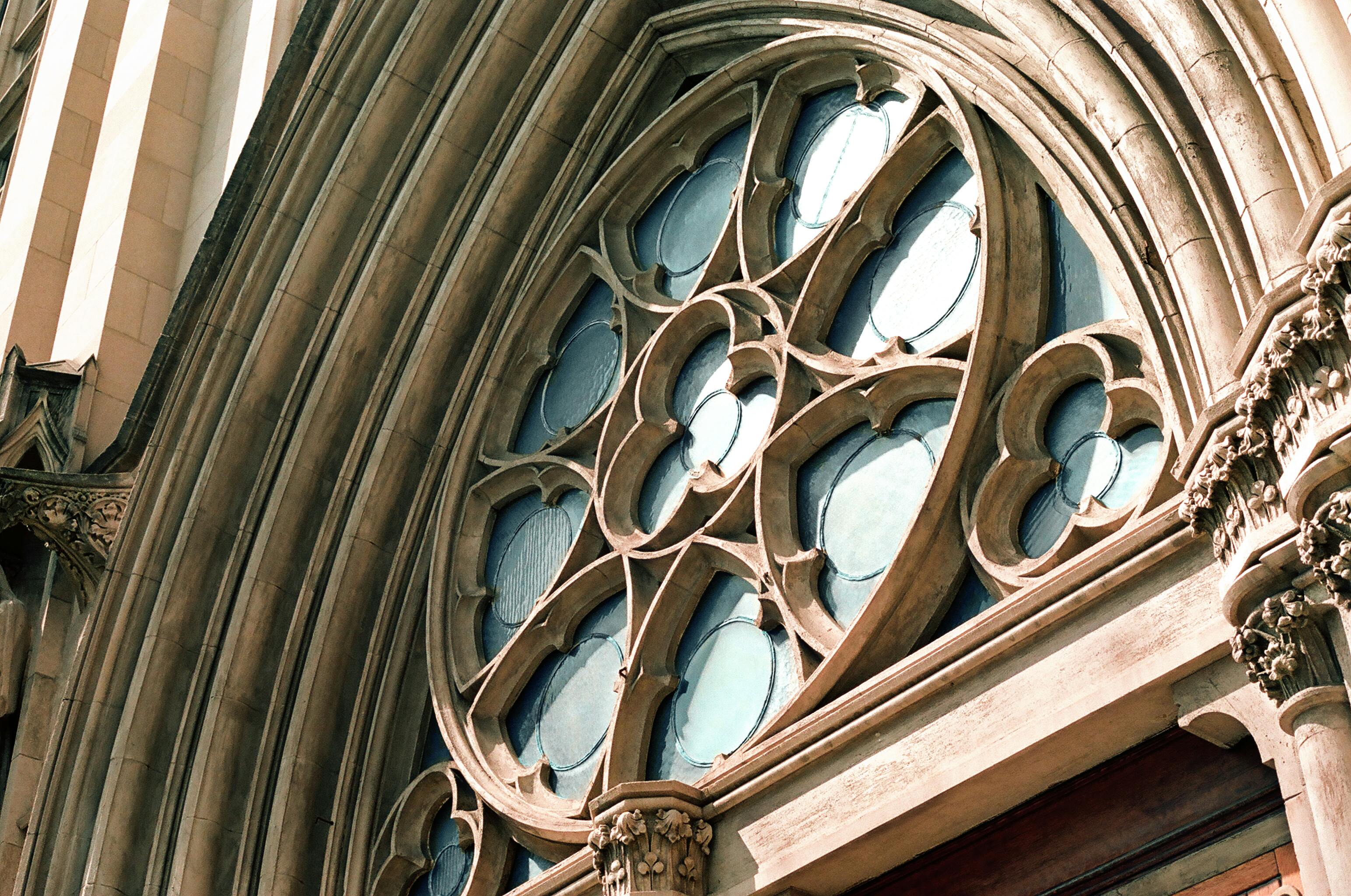It is very common for screws in drywall to loosen over time. This bubbly, blistering, or bumpy effect on the walls is caused by the drywall pushing out the screw or nail heads as it travels. This is known as nail pops in the drywall industry. This is generally a sign that your walls may need fresh paint and drywall work.
In the case of premature nail breaks, you can sometimes repair them without professional assistance. For larger or more complex jobs, a professional drywall contractor is the best resource, keeping all the proper tools, equipment, and training. If you want to fix some nails around the house on your own, read on for some tips on how to do it!
Nail repair
To repair nails in your drywall, you’ll need a few supplies. You may already have most of these materials on hand, and anything you don’t have can be found at your local home improvement or hardware store. This is what you will need:
- Stud finder (optional)
- Hammer (or nail punch)
- 2 drywall screws
- screwdriver
- drywall mud
- Drywall Knife
- Sandpaper (200 grit is fine)
- paint and primer
To get started, make sure you have all the necessary tools and supplies so you don’t have to stop halfway through for a trip to the store. Once you have everything you need, start by locating the frame around the nailed area. Use your fingers to tap on the wall until you can hear a solid reverb instead of a hollow one. You can also use a stud finder. Once you find a higher sound, play each side to make sure it sounds hollow. If this happens, then you have located the frame.
Next, use the drywall screws to reattach the loose drywall to the frame. Place each screw 2 to 3 inches above and below the nail. Then use your hammer to press the nail back into the wall. Do this step carefully so as not to make a hole or dent in the wall.
Use the drywall knife to scrape off any excess drywall material that has chipped or crumbled. Then use the drywall mud to cover the screw heads in the wall. Two coats should do the trick. Follow the instructions or find tutorials online on how to apply drywall mud.
Lastly, use your sandpaper to sand down the drywall mud until it is even and smooth. Then just finish the job with a fresh coat of primer and paint.
